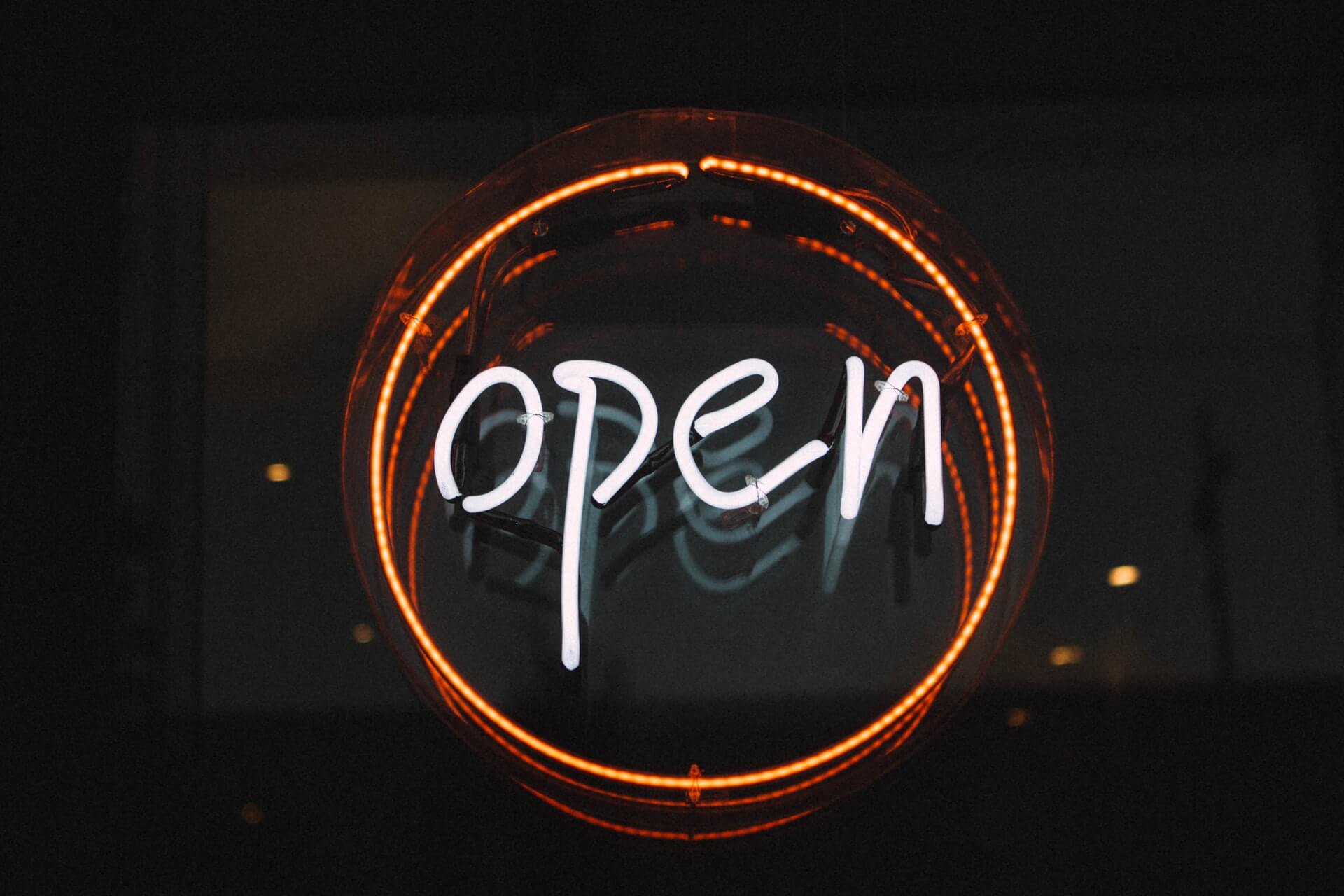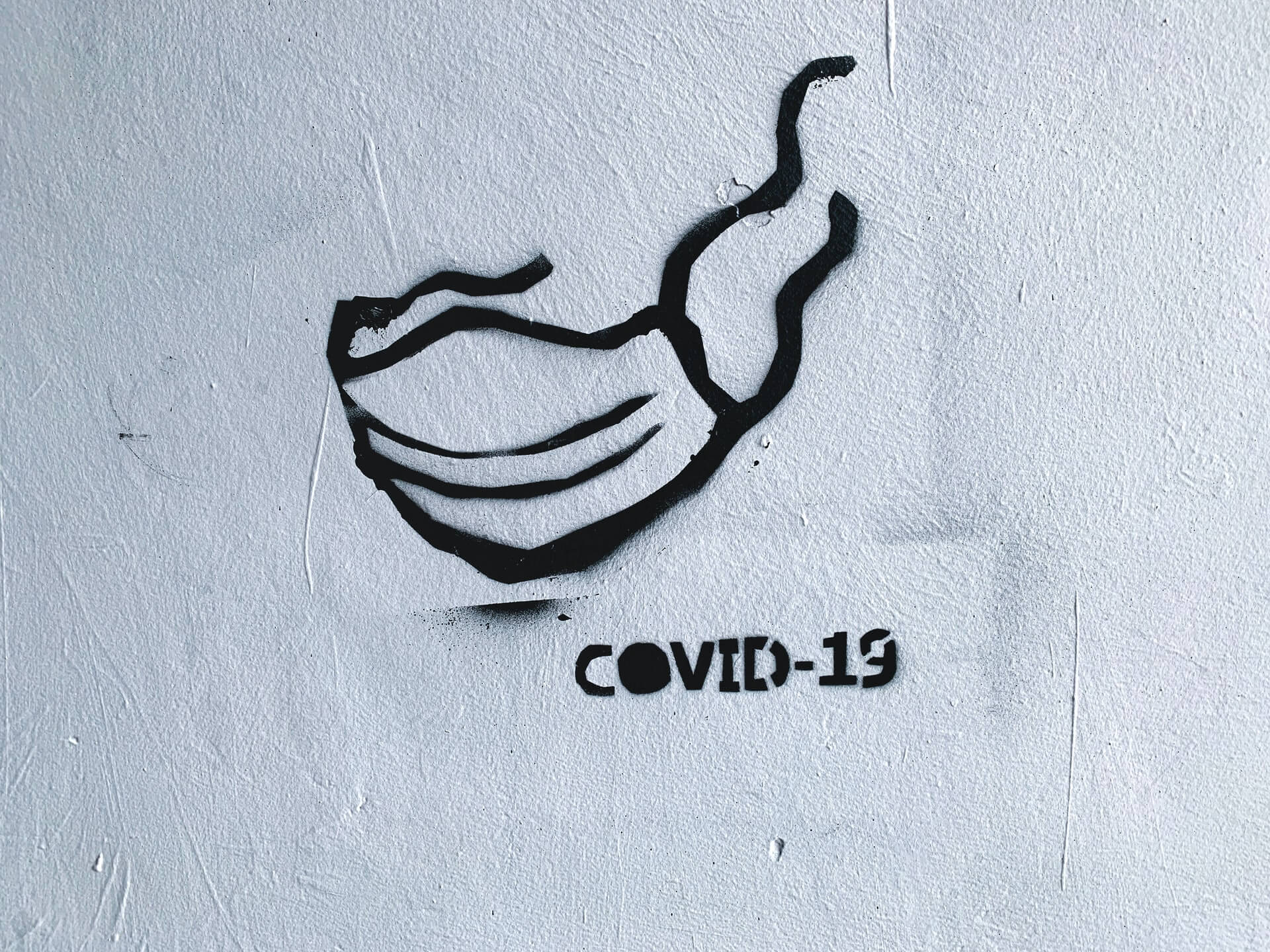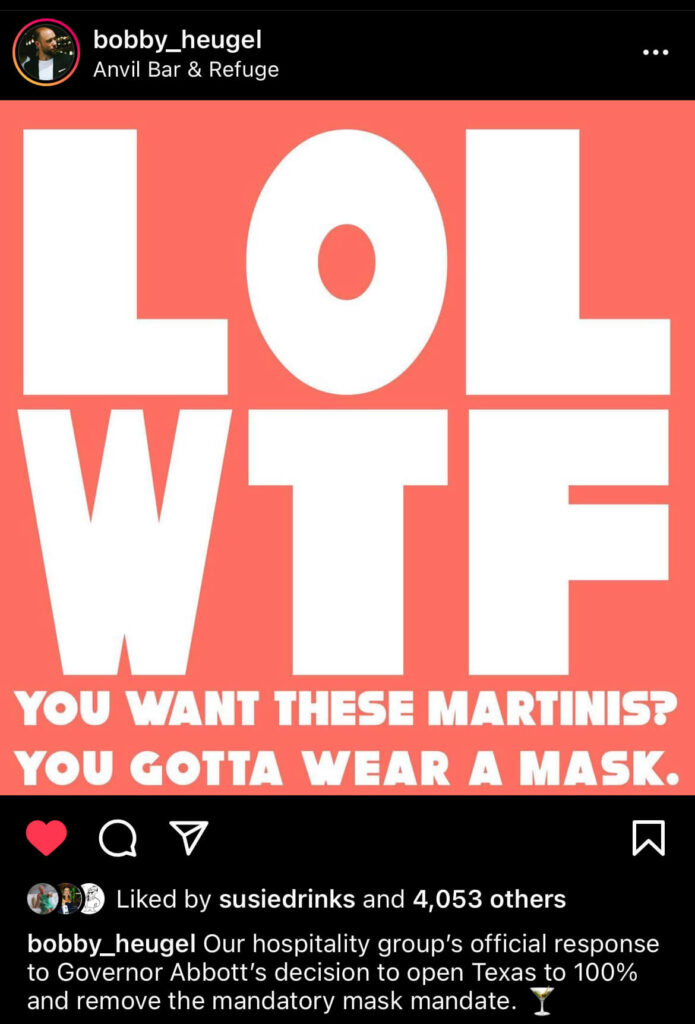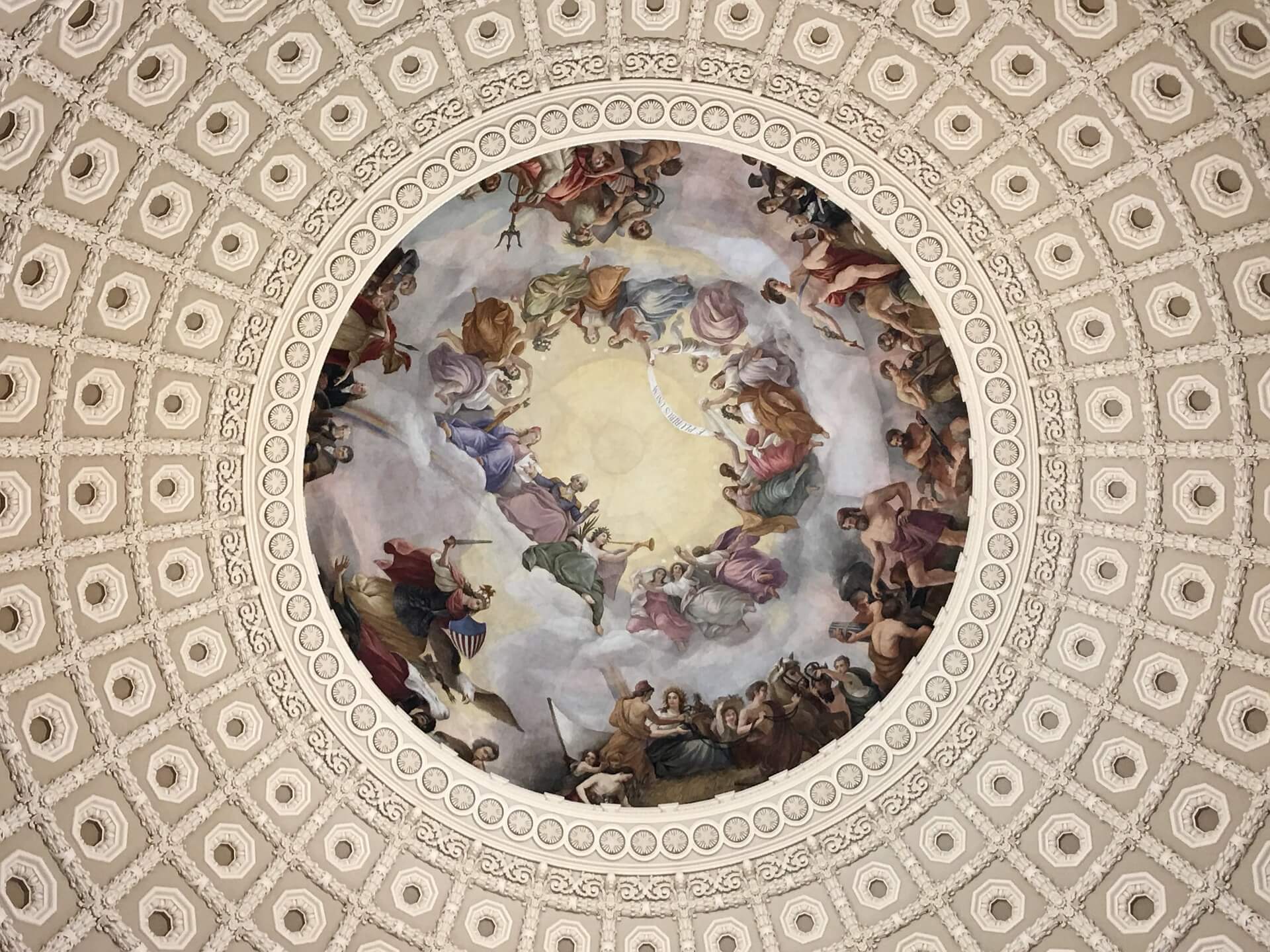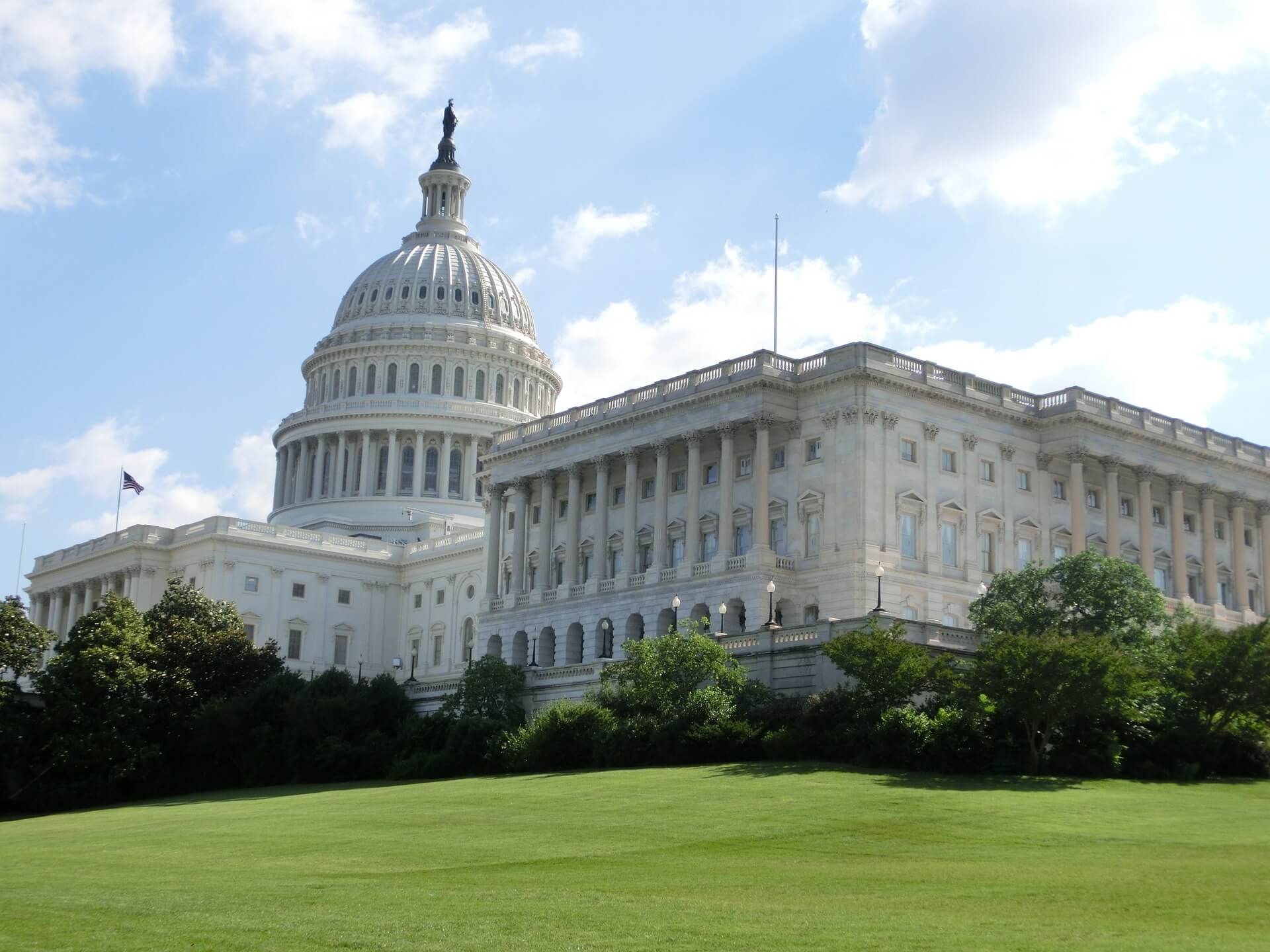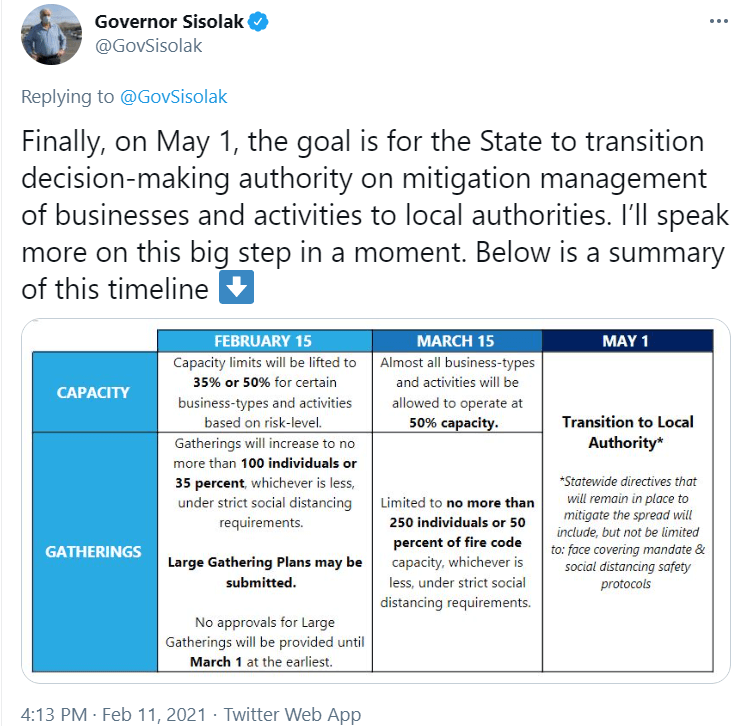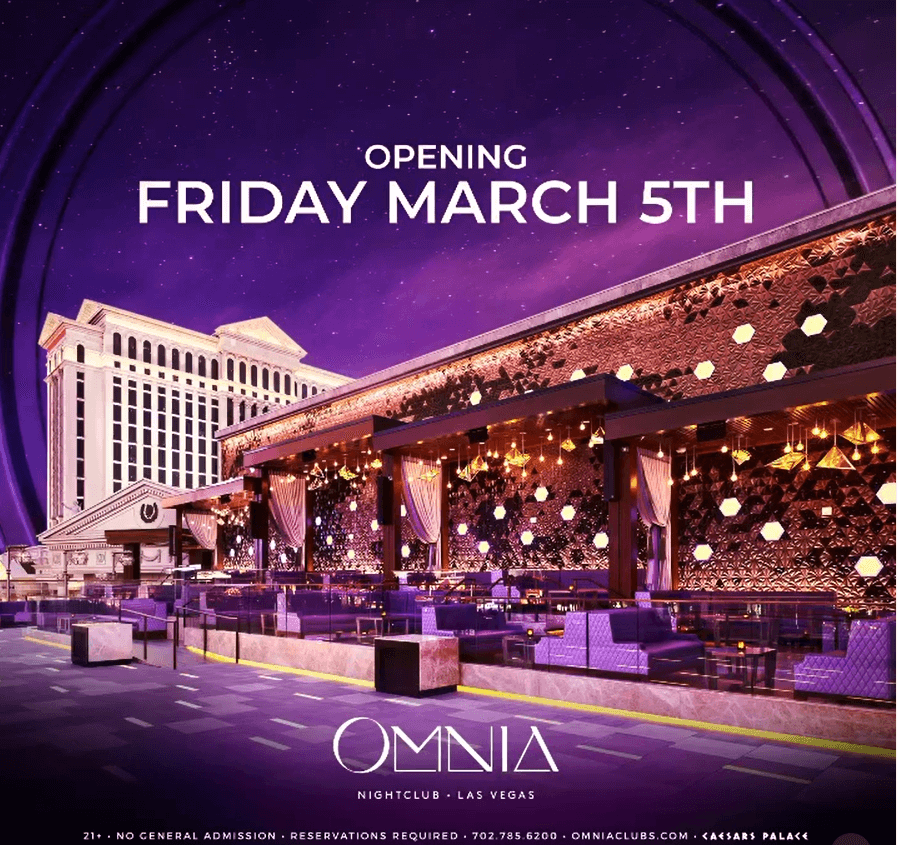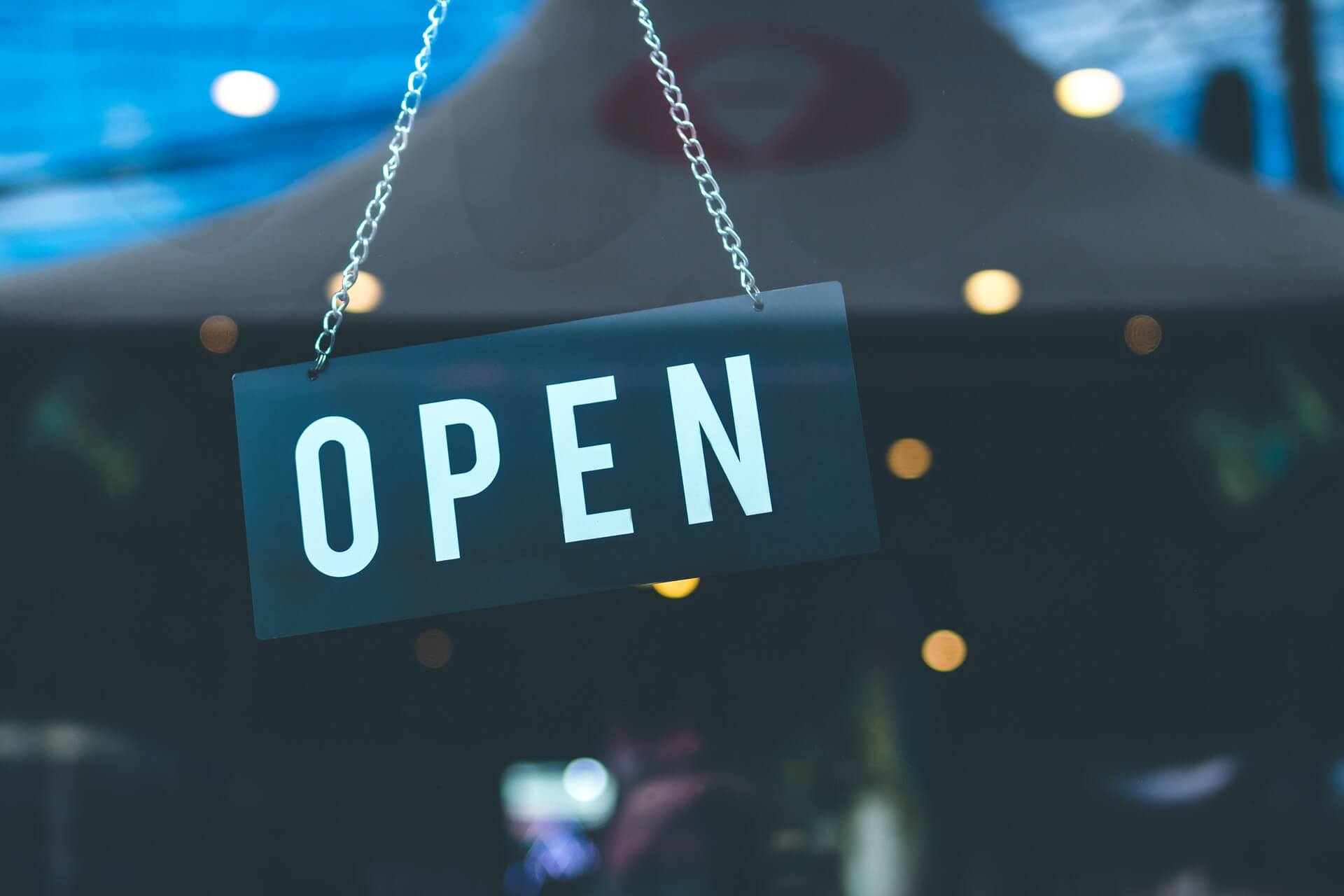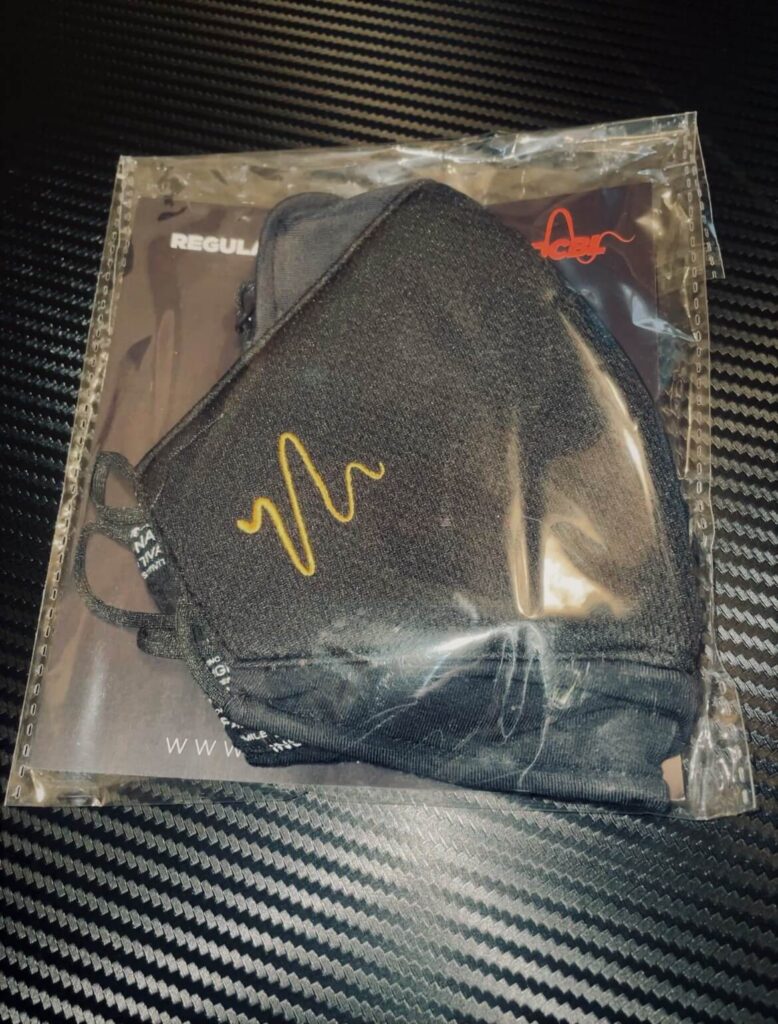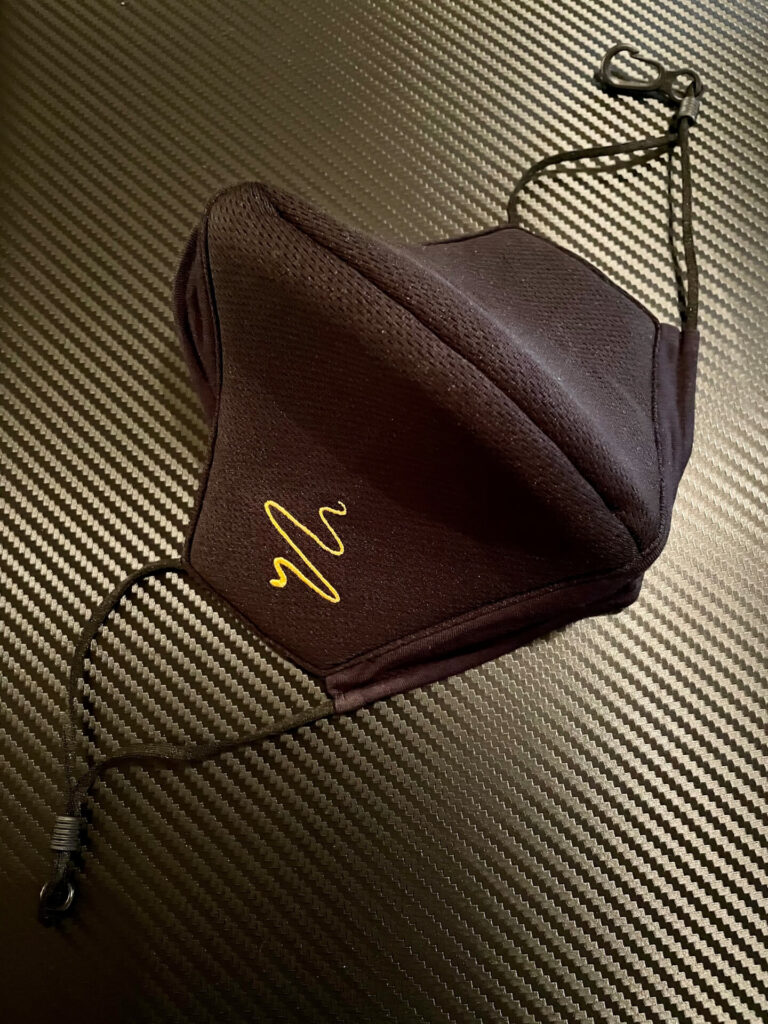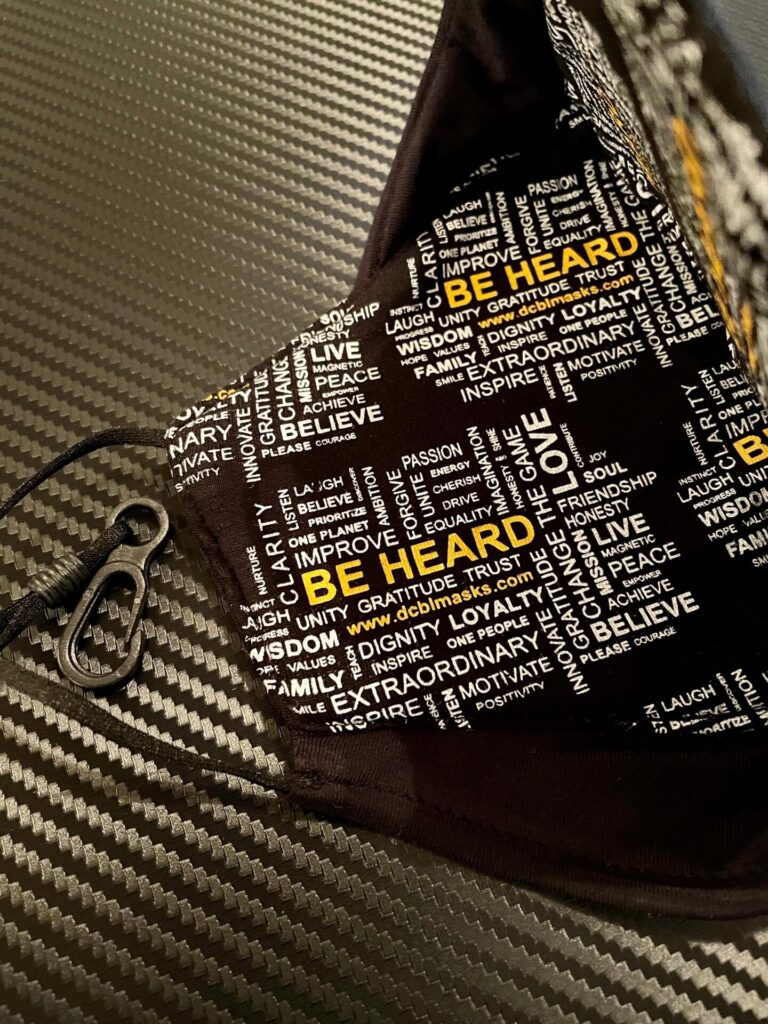House Passes $1.9B Covid Relief Bill, RRF
by David Klemt
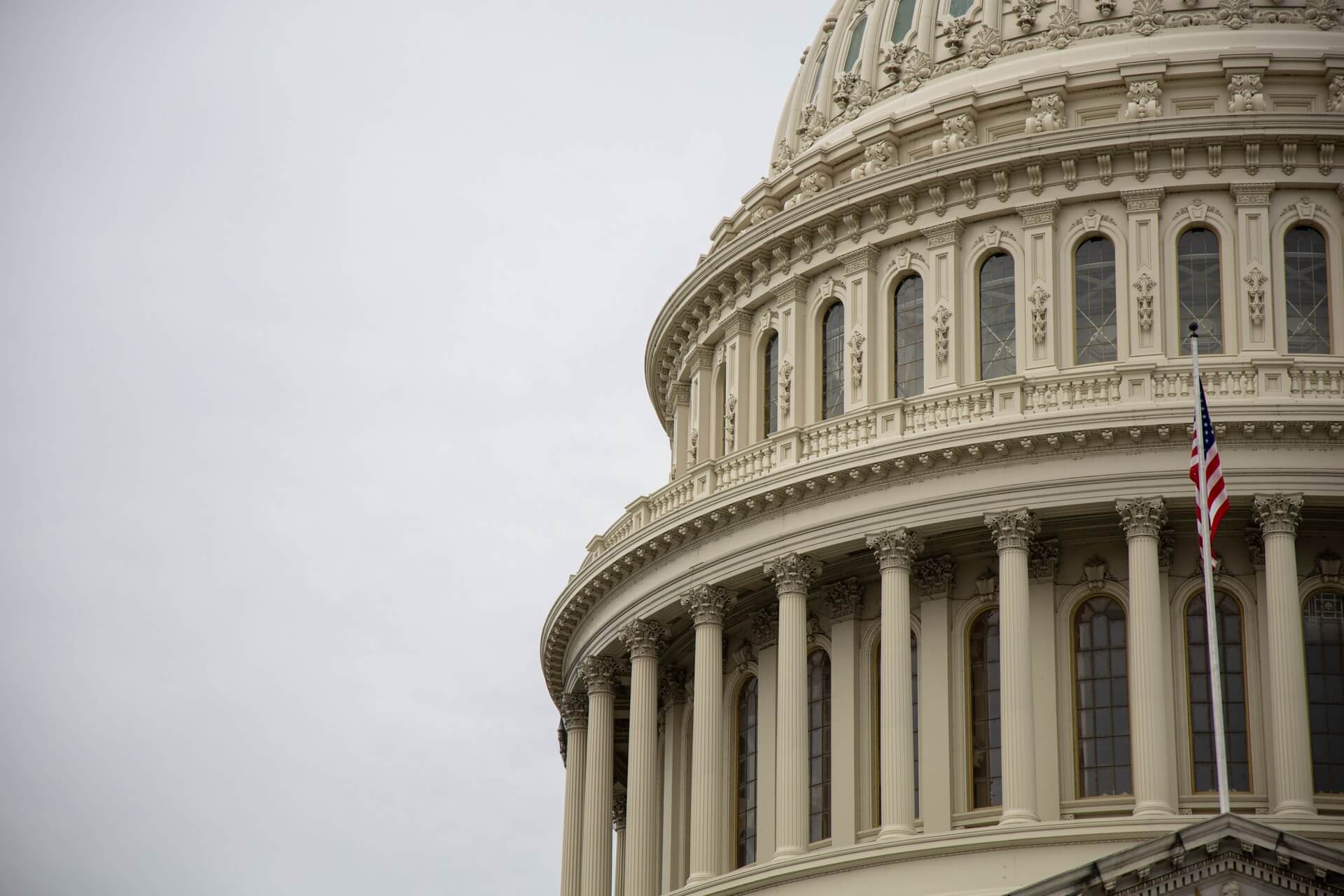
The Senate version of the American Rescue Plan Act of 2021 is through the House, awaiting the signature of President Joe Biden.
Once the bill is signed by the president, it will be the law of the land.
That means our industry is finally receiving at least a portion of the relief it so desperately needs. After nearly a year of campaigning and fighting, the Restaurant Revitalization Fund (RRF) is a reality.
Restaurant Revitalization Fund
Managed by the Small Business Administration properly, the RRF is a critical lifeline for small- and mid-sized operators.
The SBA will prioritize women- and veteran-owned and operated businesses for the first 21 days. Economically and socially disadvantaged businesses will also receive priority.
Maximum grant amounts are $5 million per individual restaurant or $10 million per restaurant group.
Eligible Expenses
Importantly, eligible expenses fall between February 15, 2020 through December 31, 2021.
Eligible expenses include but are not limited to:
- payroll and benefits;
- mortgage (no prepayment);
- rent (no prepayment);
- utilities, maintenance;
- supplies (including PPE and cleaning materials);
- food;
- operational expenses;
- covered supplier costs (as defined by the SBA under the PPP program); and
- sick leave.
American Rescue Plan Provisions
Of course, the RRF is just a small portion of the American Rescue Plan. The bill includes many provisions for national Covid-19 testing and vaccine distribution.
States and local governments receive $20 billion to assist low-income households with rent, utility bills, and back rent. There’s an increase to benefits of 15 percent through September for those on food stamps.
Also, the Emergency Injury Disaster Loan (EIDL) program receives $15 billion, which will help small business owners.
The $300-per-week federal boost to unemployment benefits remains the same rather than climbing to $400 per week.
Crucially, the bill waives the first $10,200 of unemployment benefits from 2020. That amount rises to $20,400 for married couples. To receive the waiver, a household must have an adjusted gross income of $150,000. That AGI is the same for individual and combined households.
Individuals with an AGI of up to $75,000 will receive stimulus payments of $1,400. That amount phases out completely at $80,000 for individuals, $160,000 for couples.
What’s Next
The SBA is responsible creating and implementing the RRF application process.
For now, it’s wise for operators to calculate their grant amounts:
- Open prior to 2019: 2019 revenue minus 2020 revenue minus PPP loans.
- 2019 opening: Average of 2019 monthly revenues times 12 minus 2020 revenues.
- 2020 opening: Eligible to receive funding equal to eligible expenses incurred.
Since the SBA is the agency overseeing the $28.5 billion RRF, it’s a good idea to monitor their site for pertinent dates, details and requirements.
Image: Joshua Sukoff on Unsplash


